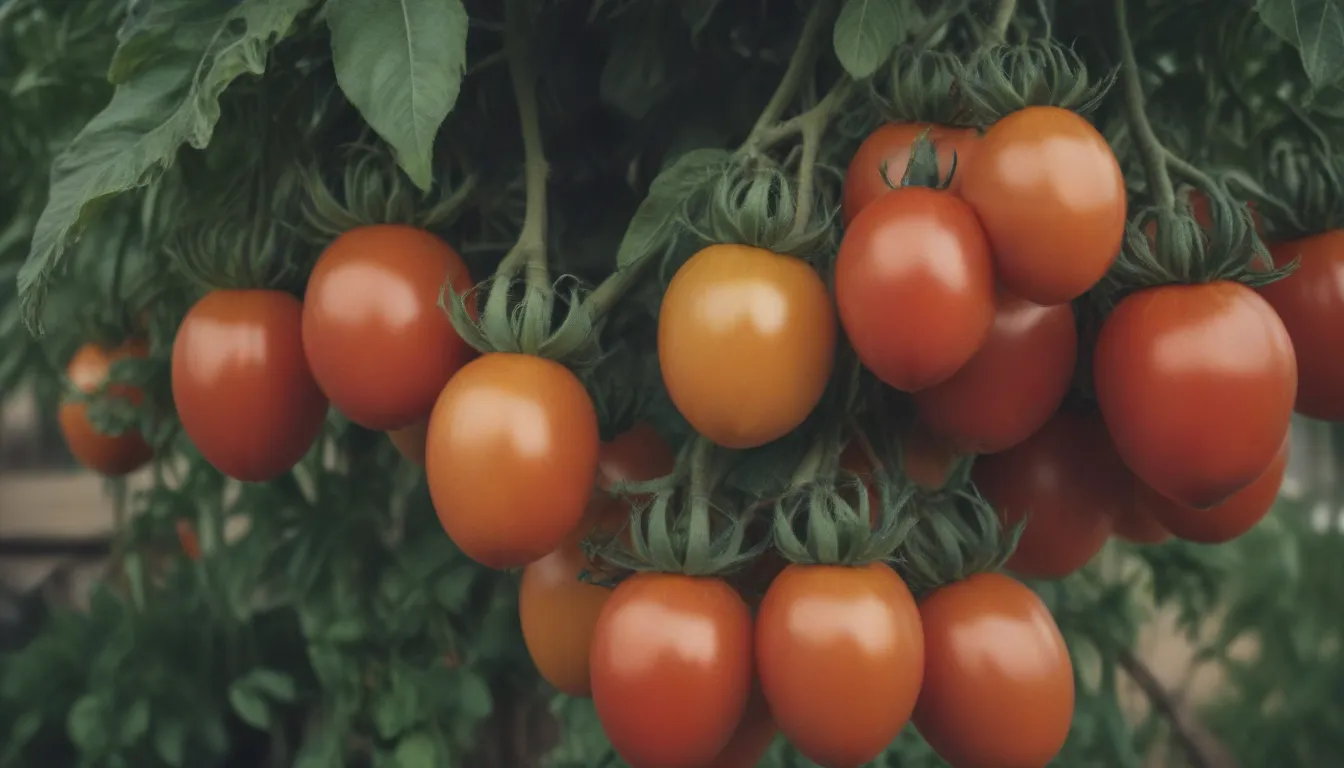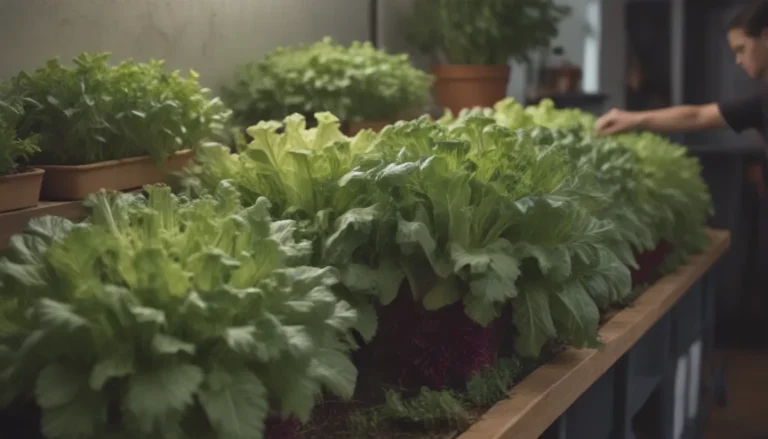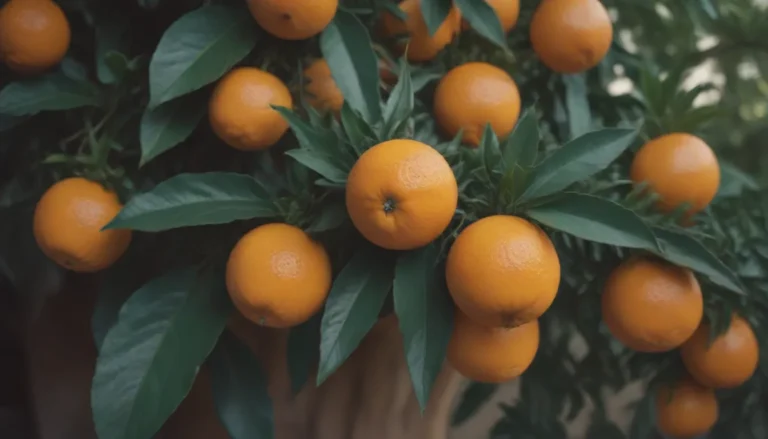The Ultimate Guide to Growing and Caring for Roma Tomatoes

Are you ready to enhance your garden with delicious Roma tomatoes? Known for their intense flavor and versatility in cooking, Romas are a favorite choice for making sauces and canning. In this comprehensive guide, we will walk you through everything you need to know about growing and caring for Roma tomatoes. From planting to harvesting, we’ve got you covered with valuable tips and information to help you cultivate a successful Roma tomato crop.
What Makes Roma Tomatoes Special
Roma tomatoes, also known as paste tomatoes, stand out for their unique characteristics that make them ideal for culinary use. Here are some key features of Roma tomatoes:
- Thick fruit wall and skin
- Firm and dense flesh
- Fewer seeds than other tomato varieties
- Elongated, egg-like shape, often pear- or plum-shaped
- Typically 3 inches long
- Bright red skin, with new hybrids available in various colors
With their concentrated flavor and meaty texture, Roma tomatoes are perfect for cooking down into sauces, soups, and salsas. Let’s delve into how you can grow and care for these flavorful tomatoes in your own backyard.
Planting Roma Tomatoes
When to Plant
Before you start planting your Roma tomatoes, it’s essential to consider the timing. Wait to plant until after the last spring frost, as these plants are sensitive to cold temperatures. Properly hardening off young seedlings is crucial for a successful growing season.
Selecting a Planting Site
Choose a sunny spot in your garden with rich, well-draining soil for your Roma tomatoes. Keep in mind the importance of crop rotation to avoid planting tomatoes in the same location year after year. Consider the spacing and sunlight needs of your other crops to ensure your tomatoes thrive.
Spacing, Depth, and Support
When planting Roma tomatoes, aim to plant them deeply to encourage strong root development. The spacing will vary depending on the tomato variety, with determinate types requiring closer spacing than indeterminate varieties. Provide support for your Roma tomato plants using stakes, trellises, or cages to keep them upright as they grow.
Roma Tomato Plant Care
Light
Tomatoes thrive in full sun, so ensure your plants receive at least 6 to 8 hours of direct sunlight each day. Proper lighting is essential for healthy growth and fruit production.
Soil
Prepare your soil by amending it with organic matter to create a nutrient-rich environment for your Roma tomatoes. Ensure the soil is well-draining and slightly acidic for optimal growth.
Water
Consistent watering is crucial for Roma tomatoes throughout the growing season. Monitor soil moisture levels and provide at least 1 to 1.5 inches of water per week in the absence of rain. Avoid wetting the foliage to prevent fungal diseases.
Temperature and Humidity
Roma tomatoes prefer warm temperatures and can tolerate humid conditions. Choose quick-maturing varieties if you have a short growing season and monitor humidity levels to prevent disease spread.
Fertilizer
Fertilize your tomatoes at planting time with a high-phosphorus granular fertilizer to promote healthy fruit development. Adjust fertilization based on your climate and soil conditions to support optimal growth.
Pollination
Roma tomatoes are self-pollinating, but insect pollinators can help improve fruit set. Encourage beneficial insects in your garden to support pollination and control pests.
Types of Roma Tomatoes
Several varieties of Roma tomatoes exist, each with unique characteristics and flavors. Popular varieties include ‘Amish Paste’, ‘Granadero’, ‘San Marzano’, ‘Plum Regal’, and ‘Sunrise Sauce’. Choose the best variety for your growing conditions and culinary preferences.
Harvesting Roma Tomatoes
Roma tomatoes are ready for harvest when they reach a uniform red color and are firm to the touch. If cold weather threatens your ripening tomatoes, consider picking them early and allowing them to ripen indoors. Proper harvesting techniques will ensure the best flavor and quality from your Roma tomatoes.
Growing Roma Tomatoes in Pots
For gardeners with limited space, Roma tomatoes can be grown in containers with proper care. Choose a compact, determinate variety and provide adequate support as the plant grows. Water regularly and fertilize monthly to support healthy growth in container-grown tomatoes.
Pruning
Regular pruning of tomato suckers is essential to maintain plant health and productivity. Removing excess growth promotes air circulation and reduces disease risk in dense tomato plants.
How to Grow Roma Tomatoes From Seed
Starting Roma tomatoes from seed allows you to control the growing process from the beginning. Begin seeds indoors to extend the growing season and ensure a healthy start for your tomato plants. Select reliable seed sources to guarantee success in your tomato crop.
Common Pests and Plant Diseases
Despite your best efforts, Roma tomatoes are susceptible to various pests and diseases. Implementing good cultural practices and choosing disease-resistant varieties can help prevent issues such as early blight, septoria leaf spot, tomato hornworms, and viral diseases. Stay vigilant and address any problems promptly to protect your Roma tomato plants.
Conclusion
Growing and caring for Roma tomatoes can be a rewarding experience for gardeners of all skill levels. With the right knowledge and techniques, you can enjoy a bountiful harvest of flavorful tomatoes to enhance your favorite dishes. Whether you plant them in the ground, containers, or raised beds, Roma tomatoes are a versatile and delicious addition to any garden. Embrace the joy of homegrown produce and savor the taste of freshly picked Roma tomatoes in your culinary creations. Happy gardening!





